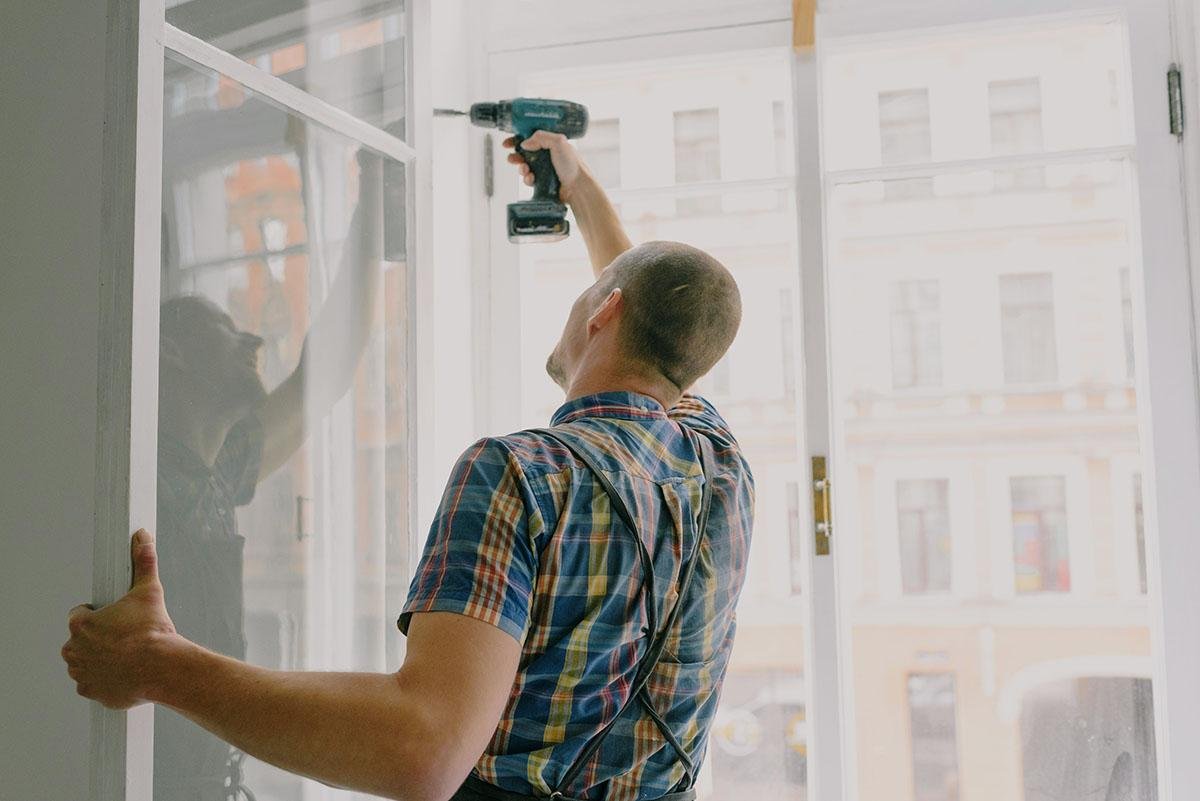Published on October 21st, 2023
What Could A Whole House Retrofit Do For Your Home?
Wondering whether to retrofit your home? Whether it’s minor changes or a whole house retrofit, find out what retrofit could do for your home

Your home is important. A place for you to decorate and design, make memories, and build a life with loved ones.
But it can also be expensive: the average house in the UK costs £281,000. Homes also require regular maintenance and heating, which is becoming increasingly difficult during the current cost of living crisis.
That’s where retrofit comes in. Retrofit refers to the process of adding new low-carbon technologies to your home to make it more efficient, ensuring your home wastes less, costs less, and becomes less of a burden.
Whole house retrofit: what are the key measures?
Retrofit measures can range from installing solar panels to replacing light bulbs. A whole house retrofit involves a combination of large and smaller measures, depending on what your home requires.
Retrofitting your home typically starts with a home energy assessment. A qualified professional will examine your home, informing you of the efficiency measures you have in place, and where improvements are needed.
Once you know what changes to make, you can start your retrofit. This could mean replacing or upgrading your insulation, adding secondary window glazing, filling gaps and cracks around your home, investing in a smart thermostat, or installing alternative heating systems such as a heat pump.
The measures you choose to take will depend on what your home needs. If your home is relatively new, you may need just a few changes instead of a whole house retrofit.
Why a whole house retrofit? Benefits of an efficient home
While there are several benefits of retrofitting your home, improving your energy efficiency is key.
Energy efficiency refers to the amount of energy needed to power your home. That includes heating, lighting, and running electrical appliances.
Older homes often have features that create waste and contribute to lower energy efficiency. This could be cracks around windows and doors that let heat escape, poor insulation materials, or an old boiler.
Newer homes tend to have fewer issues, meaning they waste less and require less energy. Retrofitting your home with upgraded materials and appliances can help ensure your home wastes less.
Retrofit can make your home a more comfortable place to live. If you often find your house difficult to heat, it’s likely due to poor insulation or gaps and cracks that create a draught. Retrofitting key problem areas can help keep your house warm.
A more efficient home is also better for the environment. Housing is estimated to be responsible for between 17 and 21% of global carbon emissions. The cumulative amount of energy wasted by inefficient homes is a large contributor to the climate crisis, and retrofitting can mitigate this impact.
Often the most welcome benefit—and key reason to retrofit your home—is the financial impact. Retrofitting your home with a combination of green technologies can reduce your energy bills by up to £1,878 per year, according to a recent report by ScottishPower and the World Wide Fund for Nature (WWF). The report also said that specific measures such as installing solar panels could create savings of up to £586 per year.
Whether you need a whole house retrofit or just a few specific targeted measures, you can make your home a cheaper, more comfortable place to live, while also benefiting the planet.
Why a whole house retrofit? Increase the value of your home
The UK is one of many countries that have committed to achieving net-zero emissions by 2050. Increasing housing efficiency is a key factor in the country achieving its climate goals.
London Councils recently announced a £98 billion plan to retrofit around 3.8 million homes across the capital. The councils estimate housing contributes to around a third of London’s greenhouse gas emissions.
This eco-home drive is increasing the value of energy efficient homes. ScottishPower and WWF estimate a whole house retrofit can now add around £10,000 to your home’s value.
You could add around £5,000 alone to your home by installing an air source heat pump or electric vehicle charging point. Solar panels could add anywhere between £1,350 and £5,400.
Of course, installing these measures can be expensive: solar panels cost on average around £6,500 while air source heat pumps can cost anywhere between £12,000 and £17,000.
Added value to your home is only likely to increase with time as we see policies push for greater home efficiency. Minimum Energy Efficiency Standards (MEES), for example, dictate that houses with an E energy performance certificate (EPC) rating cannot lawfully be let out to tenants. MEES is also part of a wider push to upgrade as many homes as possible to a C rating by 2030.
But you don’t just retrofit your home to increase its value. Installing these measures will also benefit the environment while reducing your energy bills and ultimately making your home a nicer place to live.
Like the sounds of this? You can get started today by booking a home energy assessment. Our home energy assessors figure out where to start and how to break it down to suit your budget and lifestyle.
Book a home energy assessment today and take the first step to reduce your energy bills for good.
Written by

Oisin Teevan